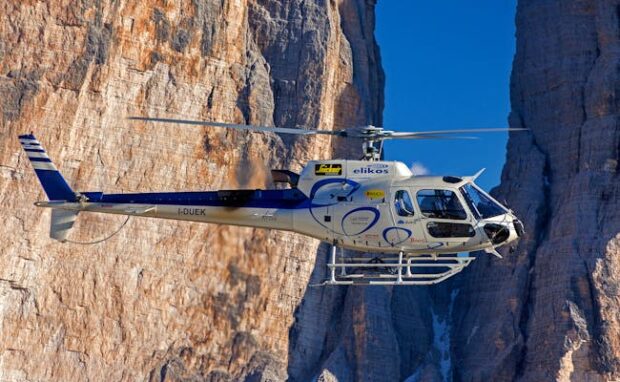Self-flying helicopters take flight in US
Autonomous helicopter company Rotor Technologies is testing its first self-flying prototypes. Founder Haofeng (Hector) Xu said his helicopters are already soaring around its Nashua, New Hampshire headquarters for test flights. Soon, he will usher in a safer era of aviation that will remove human pilots from dangerous situations.
Instead, we will send robots to deliver emergency supplies and perform other tasks more efficiently than humans. Eventually, Xu wants his aircraft to transport humans in the future. You might become one of its first passengers, so let’s glimpse into this self-flying future of aviation.
How do the self-flying helicopters work?

Rotor designed its helicopters based on a well-known design from the Robinson Helicopter Company instead of building a new one.
However, the self-flying capabilities come from its “fly by wire” system. MiT says it is a set of computers and motors that interact with the helicopter’s flight controls.
Moreover, the company equips its helis with advanced communication sensors and tools that originate from the autonomous vehicle industry.
Rotor will monitor its self-flying helicopters 24/7 with a cloud-based human supervision system called Cloudpilot. Also, it will start with remote areas to avoid human injuries.
“We have a very careful approach to automation, but we also retain a highly skilled human expert in the loop,” Xu says.“We get the best of the autonomous systems, which are very reliable, and the best of humans, who are really great at decision-making and dealing with unexpected scenarios.”
MIT says Haofeng Xu is familiar with the risks associated with flying small aircraft, inspiring him to make helicopter flight safer.
Amazon proves we already have smaller autonomous aircraft as it tests its drone delivery system. Learn more about it from this other Inquirer Tech article.
However, Xu believes existing autonomous aircraft are inefficient for delivering cargo and doing other things. They have limited battery life and payload capacities.
READ: NASA Mars helicopter takes first flight
Conversely, Rotor’s R550X can carry 1,212 pounds, travel 120 mph, and equip auxiliary fuel tanks to stay airborne for hours.
“It is a new aircraft that can do things that other aircraft couldn’t — or maybe even if technically they could, they wouldn’t do with a pilot,” Xu says.
Rotor wants to sell a few self-flying helicopters this year and scale production. Moreover, Xu hopes his company can transport humans in the future.